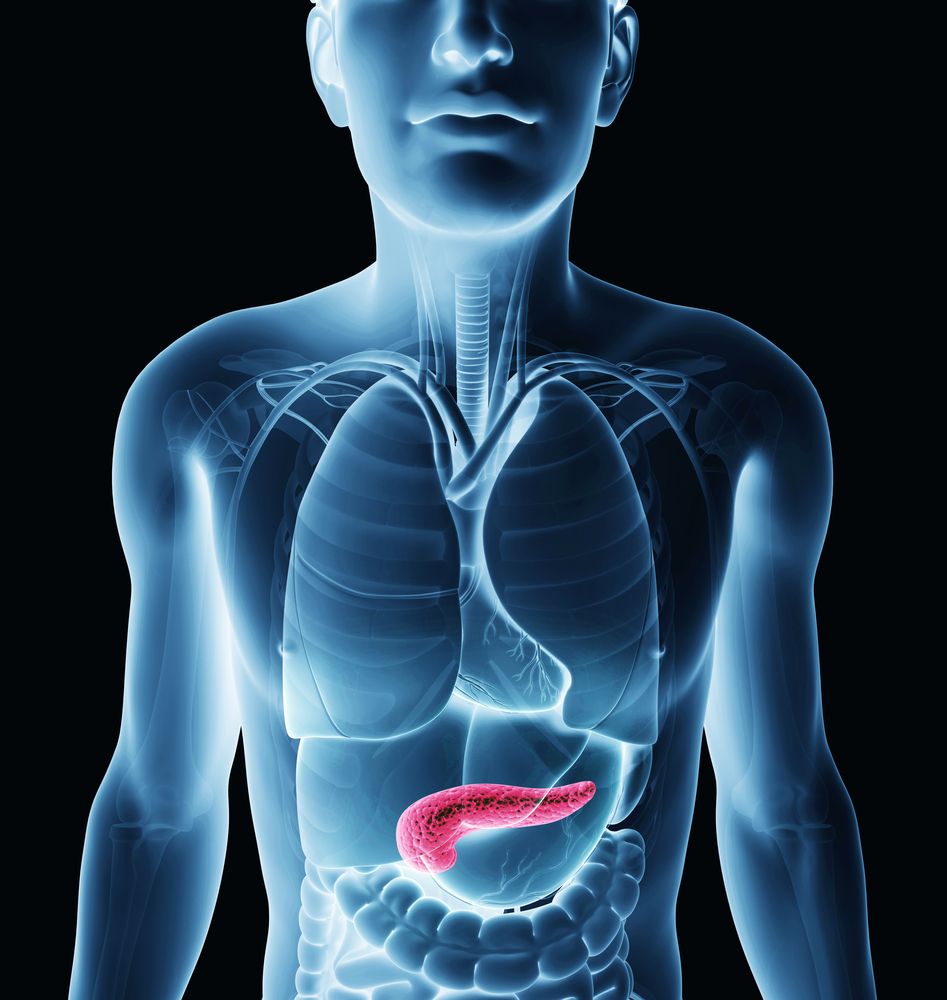Pancreatic Cancer in Primary Sjögren’s Patient Supports Broader Monitoring

xsense/shutterstock
A rare case of pancreatic cancer was reported in a 59-year-old woman two years after she was diagnosed with primary Sjögren’s syndrome.
While primary Sjögren’s has been extensively linked to a higher risk of blood cancers, fewer studies have described a potential link with solid cancers.
This case supports the importance of monitoring Sjögren’s patients not only for blood cancers, but also for some solid tumors in exocrine glands — glands that secrete substances and which are mainly affected in Sjögren’s.
The case study, “Pancreatic Cancer and Primary Sjögren’s Syndrome: A Case Report,” was published in the journal Case Reports in Rheumatology.
Primary Sjögren’s syndrome is a chronic inflammatory autoimmune disease caused by the immune system wrongly attacking the body’s exocrine glands. While the disorder mainly affects the tear and salivary glands, any exocrine gland can be involved.
Notably, the pancreas is an exocrine gland with a similar function and structure to the salivary glands, and some studies suggest that pancreatic dysfunction is common among Sjogren’s patients.
People with primary Sjögren’s have a 2.6 times higher risk of cancer, compared with the general population, due to systemic inflammation, loss of protective secretions, and sustained tissue damage and repair.
While the most common cancers in these patients are blood cancers, there are reports of a higher risk of solid tumors, such as those affecting the oral cavity, throat, thyroid, lung, and stomach.
“Despite the increased risk of solid cancers and pancreatic exocrine dysfunction in these patients, the coexistence of primary SS [Sjögren’s syndrome] and pancreatic cancer was rarely reported,” the researchers wrote.
Researchers at the University Hospital Center of São João, in Portugal, described the case of a 59-year-old woman diagnosed with primary Sjögren’s two years before developing pancreatic adenocarcinoma, the most common form of pancreatic cancer.
The woman came to the hospital due to dry eyes and mouth, and inflammatory joint pain. She was an active smoker and reported no known history of rheumatic diseases in her family.
Physical examination revealed symmetrical arthritis in several hand joints, which increased the suspicion of Sjögren’s syndrome. Additional analyses confirmed severe dry eye, and showed chronic salivary glands inflammation with pronounced infiltration of immune cells, confirming the diagnosis of primary Sjögren’s. Her lab results were normal.
Since she did not tolerate hydroxychloroquine, she was treated with prednisolone and pilocarpine, which helped to ease her symptoms.
About two years after this diagnosis, the woman started experiencing pain in the upper abdomen, nausea, severe low back pain, and a lack of energy. She also lost 15 kilograms, or about 33 pounds, in five months.
She was admitted to the emergency department due to an ischemic stroke, a condition in which a blood clot or fatty buildup obstructs an artery that supplies the brain. She had partial paralysis of her left lower face and speaking difficulties.
Her lab work revealed low red blood cells, but higher-than-normal white blood cells, platelets, and liver enzymes, while pancreatic enzymes and kidney function were normal. Viral tests came back negative.
A subsequent cervical, chest, abdomen, and pelvic computed tomography scan (TC CCAP) showed non-specific scattered nodules in the lower lung lobes and the liver, suggestive of cancer metastasis. A liver biopsy found an adenocarcinoma, a cancer that begins in glandular, or secretory, cells.
A second TC CCAP identified a mass in the pancreas, which was likely the primary adenocarcinoma that spread to other organs and tissues. The woman started chemotherapy, but died one month after the first treatment cycle.
“To our knowledge, the coexistence of primary SS and pancreatic cancer was described only in two recent studies, with a prevalence of pancreatic cancer equal to 0.8%,” the researchers wrote.
As the metastatic pancreatic cancer was found two years after a primary Sjögren’s diagnosis, researchers also highlighted the possibility that the latter may have been a paraneoplastic syndrome, a rare disorder triggered by an abnormal immune system response to a cancer.
Notably, symmetrical inflammatory arthritis in several joints of the hands and wrists is a common rheumatic manifestation of paraneoplastic syndromes.
Given that only two case reports have explored Sjögren’s as a paraneoplastic syndrome preceding lung and kidney cancers, further research is needed to understand the potential development of Sjögren’s as a paraneoplastic syndrome.
Still, “a rapid onset of an unusual inflammatory polyarthritis in a patient older than 50 years with smoking habits, with partial response to low-dose corticosteroid, and with no specific biologic or radiographic features should lead to screening of an occult [cancer],” the researchers wrote.
“Patients with primary SS should be closely monitored for malignancy, not only for [blood] cancer, but also for solid tumors,” they added.
The scientists also noted that while independent predictors of blood cancer development have been identified in Sjögren’s patients, further research is needed to explore predictive factors of solid tumors in this patient population.
They added, however, that smoking is also a risk factor for pancreatic cancer, which may also have contributed to the tumor in this patient.







